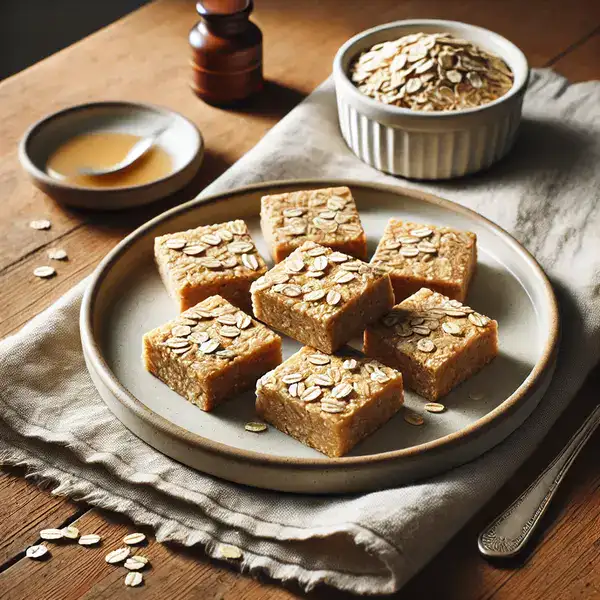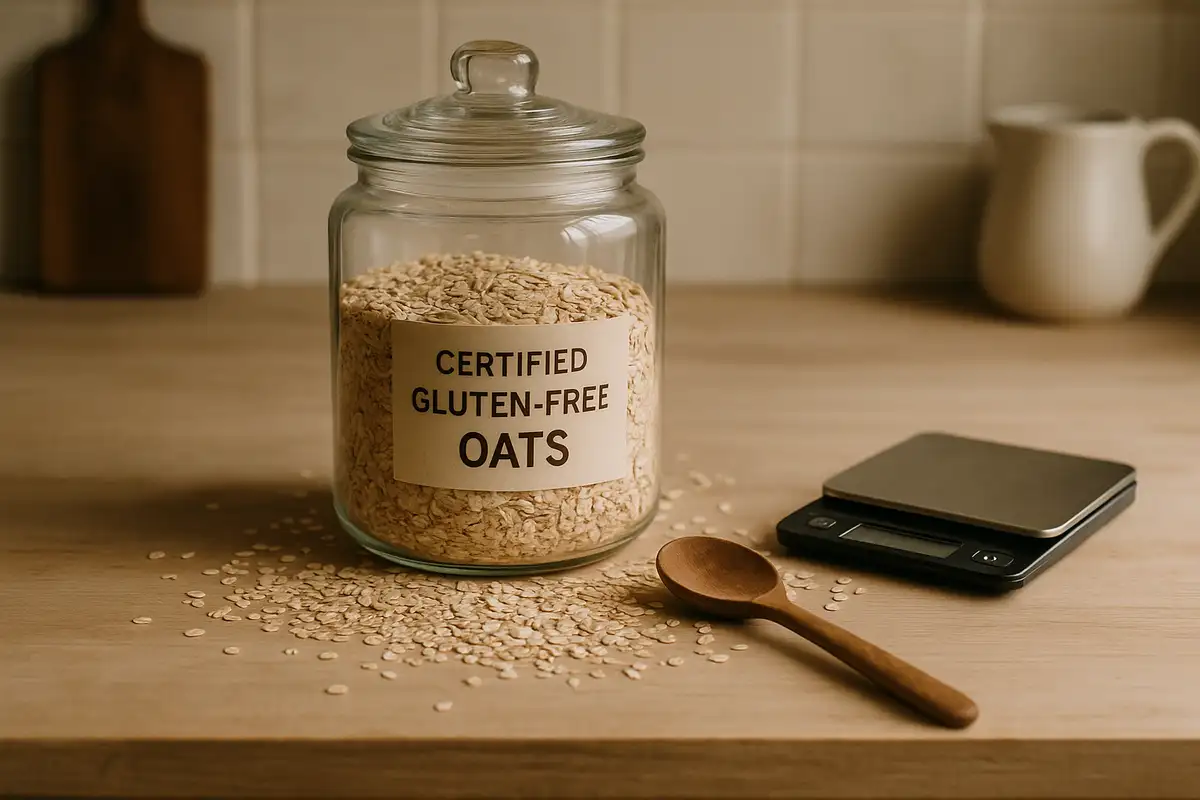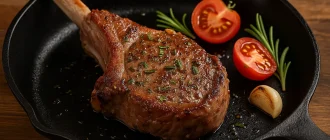Gluten is a protein found in wheat, barley, and rye. For most people, it’s harmless. But for individuals with celiac disease or gluten sensitivity, it can trigger a range of symptoms — from bloating and fatigue to serious intestinal damage.
Gluten Content in Common Grains (mg per 100g)
| Grain | Gluten Content (mg) |
|---|---|
| Wheat | 10,000 mg |
| Barley | 8,000 mg |
| Rye | 7,000 mg |
| Oats (non-certified) | 200–800 mg |
| Certified Gluten-Free Oats | <20 mg |
| Corn | 0 mg |
| Rice | 0 mg |
This chart compares the gluten content in commonly consumed grains, measured in milligrams per 100 grams. Wheat, barley, and rye contain high levels of gluten, while oats can vary significantly based on certification. Corn and rice are naturally gluten-free, making them suitable alternatives for individuals with celiac disease or gluten sensitivity.
Now, oats don’t come from these grains. So what gives? Why are people still asking, “Do oats have gluten?”
The Short Answer: No, But It’s Complicated
Naturally, oats are gluten-free. That’s the good news. But here’s the twist — most oats are processed in facilities that also handle gluten-containing grains. Cross-contamination is a real issue.
According to the Celiac Disease Foundation, even small traces of gluten (as little as 20 parts per million) can cause symptoms in people with celiac disease. And that’s exactly why not all oats are safe for those on a gluten-free diet.
Cross-Contamination: The Sneaky Culprit
Here’s what happens: During harvesting, transporting, or milling, oats often come into contact with wheat, barley, or rye. That means the final product might contain gluten — even though the oats themselves don’t.

In fact, a 2022 study published in the Journal of Food Protection found that up to 88% of conventional oat-based products tested contained measurable gluten levels exceeding safe limits for celiac patients.
Certified Gluten-Free Oats: A Safer Option
If you’re looking to avoid gluten, opt for oats labeled “certified gluten-free.” These products are processed in dedicated facilities and tested to ensure they contain less than 20 ppm of gluten.
Popular U.S. brands include:
- Bob’s Red Mill Gluten-Free Oats
- Quaker Gluten-Free Oats
- Nature’s Path Organic Gluten-Free Oats
These brands follow rigorous standards — including mechanical sorting and batch testing — to avoid cross-contact.
Average Price per Pound of Oats by Type (USD, 2024)
| Oat Type | Price per lb (USD) |
|---|---|
| Regular Oats | $1.10 |
| Steel-Cut Oats (non-GF) | $1.25 |
| Rolled GF Oats | $2.60 |
| Certified Gluten-Free Oats | $2.85 |
| Organic Gluten-Free Oats | $3.20 |
This chart displays the average price per pound of various oat types in the U.S. market for 2024. Gluten-free and organic varieties are significantly more expensive than regular oats, reflecting higher production and certification costs.
Are Oats Safe for People With Celiac Disease?
The answer isn’t black and white. While many with celiac disease tolerate certified gluten-free oats just fine, others still react. The reason? Oats contain a protein called avenin, which is similar to gluten and can occasionally trigger a response.
Medical case: A 36-year-old woman from Oregon with celiac disease experienced abdominal pain and bloating after eating certified gluten-free oats. Her doctor later confirmed an avenin sensitivity — a less common, but real issue.
So, always consult a gastroenterologist before introducing oats to a gluten-free diet.
Diagnostic Options to Check Oat Sensitivity
1. Celiac Panel Blood Test
- What it does: Detects antibodies linked to gluten intolerance.
- How it works: A blood sample is taken, usually from a vein in your arm, and tested in a lab for antibodies such as anti-tTG (tissue transglutaminase) and EMA (endomysial antibodies).
- Accuracy: 9/10
- Average cost: $150–$300
2. Intestinal Biopsy
- What it does: Confirms intestinal damage due to gluten.
- How it works: A gastroenterologist performs an upper endoscopy, inserting a thin tube through the mouth into the small intestine to collect tissue samples for lab analysis.
- Accuracy: 10/10
- Average cost: $1,000–$3,000
3. Avenin-Specific ELISA Test (less common)
- What it does: Checks for immune response to avenin.
- How it works: A blood sample is analyzed using an enzyme-linked immunosorbent assay (ELISA) to detect specific antibodies to avenin, the oat protein.
- Accuracy: 7/10
- Average cost: ~$400 (available in specialty clinics)
How Much Is Safe? Portion Guidelines for Sensitive Individuals
Even when oats are certified gluten-free, moderation is key:
| Age Group | Safe Daily Intake (Dry Oats) | Notes |
|---|---|---|
| Children (4–12) | 1/4 cup (20 g / 0.7 oz) | Start slow |
| Teens & Adults | 1/2 cup (40 g / 1.4 oz) | Monitor symptoms |
| Seniors | 1/3 cup (30 g / 1 oz) | Easier digestion |
Start with small amounts and increase only if tolerated well.
We Recommend:
Reyus Mammadli, healthcare advisor, recommends always choosing oats from reputable, certified gluten-free brands and consulting with your healthcare provider if you experience any symptoms, even after eating “safe” oats. “Just because a package says gluten-free doesn’t mean it’s right for every gut,” he notes.
Digestive Tolerance of Oats in Gluten-Free Diet Users (2023 Study Results)
| Response | Percentage (%) |
|---|---|
| No symptoms | 66% |
| Mild discomfort | 18% |
| Moderate symptoms | 10% |
| Severe reaction | 6% |
This chart summarizes results from a 2023 study examining how individuals on a gluten-free diet react to oats. While the majority (66%) reported no symptoms, a significant minority experienced varying degrees of discomfort, highlighting the need for careful product selection and monitoring among sensitive individuals.
Editorial Advice
If you’re managing celiac disease or gluten sensitivity, oats can be a great fiber source — but only if handled wisely. Read labels religiously. Watch for certifications. And track how your body reacts.
Let your gut be your guide, but let science be your safety net.
References
- Celiac Disease Foundation. “Are Oats Gluten-Free?”
https://celiac.org/gluten-free-living/gluten-free-foods/oats/ - Thompson, T. et al. “Gluten Contamination of Oats in the United States.” Journal of the American Dietetic Association, 2018.
https://www.sciencedirect.com/science/article/abs/pii/S0002822318304133 - Food and Drug Administration (FDA). “Gluten-Free Labeling of Foods.”
https://www.fda.gov/food/food-labeling-nutrition/gluten-free-labeling-foods - Journal of Food Protection. “Cross-Contamination of Gluten-Free Oat Products.”
https://meridian.allenpress.com/jfp/article/85/1/100/475157/ - Mayo Clinic. “Celiac Disease Diagnosis and Testing.”
https://www.mayoclinic.org/diseases-conditions/celiac-disease/diagnosis-treatment/drc-20352225
About the Author
Reyus Mammadli is the author of this health blog since 2008. With a background in medical and biotechnical devices, he has over 15 years of experience working with medical literature and expert guidelines from WHO, CDC, Mayo Clinic, and others. His goal is to present clear, accurate health information for everyday readers — not as a substitute for medical advice.







